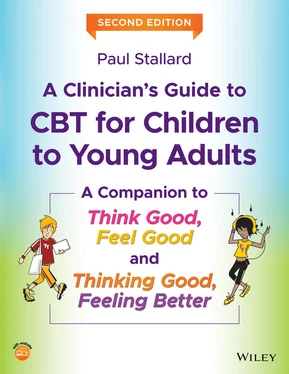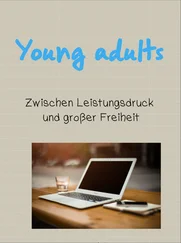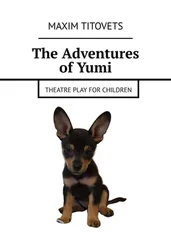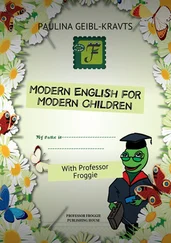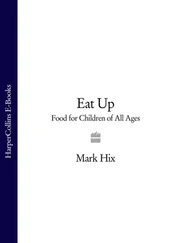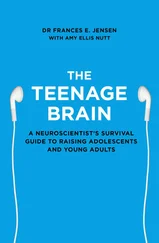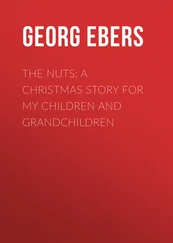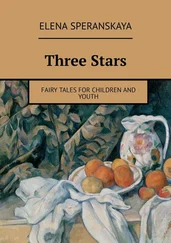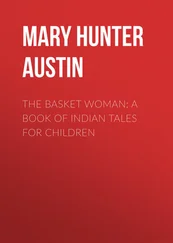The CORE philosophy of CBT, namely a Child‐centred, Outcome‐focused, Reflective, and Empowering approach, is described. Attention is paid to the PRECISE process of working with children, adolescents, and young adults. This is based on Partnership working, pitched at the Right developmental level, promoting Empathy, Creativity, Investigation, and Self‐efficacy, and which is Engaging and enjoyable.
Finally, the specific core skills, the ABCs of CBT, are described. These are defined as Assessment and goals, Behavioural, Cognitions, Discovery, Emotions, Formulations, General skills, and Home assignments. Each skill is described with practical examples provided of how these can be applied in work with children, adolescents, and young adults.
When discussing specific skills and techniques, reference is made to relevant worksheets which are available in Think Good, Feel Good (TGFG) for children and young adolescents and Thinking Good, Feeling Better (TGFB) for older adolescents and young adults.
There are many people who have contributed to the ideas contained in this book. Instead of providing an endless list of names, I would quite simply like to thank everyone I have had the privilege to work with. In particular, all the children, young people, and amazing colleagues I have been fortunate to work with during my career. They have inspired and challenged me in equal measure.
I would like to thank my family, Rosie, Luke, and Amy, for their unwavering encouragement, support, and enthusiasm for this project.
Finally, I would like to thank those who read this book. I hope that these materials will help you to develop your practice and to make a real difference to the lives of the young people you work with.
All the text and workbook resources in this book are available free, in colour, to purchasersof the print version. To find out how to access and download these flexible aids to working with your clients visit the website
www.wiley.com/go/cliniciansguide2e
The online facility provides an opportunity to download and print relevant sections of the workbook that can then be used in clinical sessions with young people. The materials can be used to structure or supplement clinical sessions or can be completed by the young person at home.
The online materials can be used flexibly and can be accessed and used as often as required.
CHAPTER ONE Introduction and overview
Cognitive behaviour therapy (CBT) is a generic term used to describe a variety of interventions that focus on the relationship between cognitions, emotions, and behaviours. These interventions are based on the shared premise that emotional distress is generated by the way we think about particular events that occur. Some ways of thinking are dysfunctional and unhelpful and can lead to the emergence of psychological problems. These unhelpful patterns are maintained by attention and memory biases, emotional responses, and maladaptive ways of behaving such as avoidance.
Traditional CBT interventions focus on identifying, directly challenging, and reappraising dysfunctional cognitions and through so doing reduce emotional distress and unhelpful behaviours. Recent models, often termed third wave, focus on changing the nature of the relationship with these thoughts rather than changing their specific content. Thoughts are understood as mental activity rather than defining reality, with mindfulness, acceptance, compassion, and distress tolerance helping to minimise the emotional distress they generate.
CBT has been well evaluated and has established itself as the most extensively researched of all the child psychotherapies (Graham 2005). Systematic reviews consistently demonstrate that CBT is effective for the treatment of a range of emotional problems in children, adolescents, and young people, including post‐traumatic stress disorder (PTSD; Gutermann et al. 2016; Morina et al. 2016; Smith et al. 2019); anxiety (Bennett et al. 2016; James et al. 2015); depression (Oud et al. 2019; Zhou et al. 2015), and obsessive‐compulsive disorder (OCD; Öst at al. 2016). Research is beginning to document the benefits of third wave CBT interventions such as mindfulness (Dunning et al. 2019; Klingbeil et al. 2017), dialectical behaviour therapy (McCauley et al. 2018), and acceptance and commitment therapy (Hancock et al. 2018).
Brief models of CBT, such as single‐session exposure therapy for the treatment of specific phobias, have been found to be highly effective (Öst & Ollendick 2017). Similarly, brief parent‐guided CBT has been found to be effective in the treatment of anxiety disorders (Cartwright‐Hatton et al. 2011; Creswell et al. 2017). Finally, model‐specific interventions, such as cognitive therapy for social anxiety (Leigh & Clark 2018) or single‐session exposure therapy for specific phobias (Davis et al. 2019), have found encouraging results.
This substantial and consistent evidence has resulted in CBT being recommended by expert groups such as the UK National Institute for Health and Clinical Excellence and the American Academy of Child and Adolescent Psychiatry for the treatment of young people with emotional disorders including depression, OCD, PTSD, and anxiety. This growing evidence base has also promoted the development of national training programmes in CBT. In the UK, the successful Improving Access to Psychological Therapies (IAPT) programme has been extended to children and young people (Shafran et al. 2014).
CBT as a preventative intervention
In addition to being an effective treatment, CBT has proven to be effective in the prevention of mental health problems such as anxiety and depression (Calear & Christensen 2010; Neil & Christensen 2009). Preventive programmes offer the potential to reduce the severity of symptomology of those already displaying problems whilst enhancing the resilience of those who are not currently symptomatic. The results of prevention programmes are encouraging and suggest that school‐based anxiety and depression prevention based on CBT is effective (Dray et al. 2017; Hetrick et al. 2015; Stockings et al. 2016; Werner‐Seidler et al. 2017).
Typically, preventative programmes are provided in schools either to whole classes of young people (e.g. universal approach) or to young people identified as at risk of developing or experiencing problems (e.g. targeted approaches). School‐based programmes have good reach, and integrating them into the school curriculum can help to reduce the stigma attached to mental health so that worries and problems can be more openly acknowledged and discussed (Barrett & Pahl 2006). Reviews suggest that classroom‐based approaches designed to improve mental health and well‐being are effective both as universal and as targeted programmes (Šouláková et al. 2019; Stockings et al. 2016).
There are many CBT anxiety and depression prevention programmes, with the most well evaluated being FRIENDS for Life (Barrett 2010), Penn Resilience Programme (Jaycox et al. 1994), Coping with Stress Course (Clarke et al. 1990), Resourceful Adolescent Program (Shochet et al. 1997), and the Aussie Optimism Programme (Roberts 2006). Whilst the results are generally positive, not all evaluations of these programmes have shown positive effects. The intervention leader requires careful consideration. Whilst teachers and school staff are well placed to deliver these programmes, studies have shown that they may not necessarily be as effective as trained mental health leaders (Stallard, Skrybina, et al. 2014; Werner‐Seidler et al. 2017). It is therefore important to consider the knowledge, support, and supervision of those delivering these programmes.
Читать дальше
